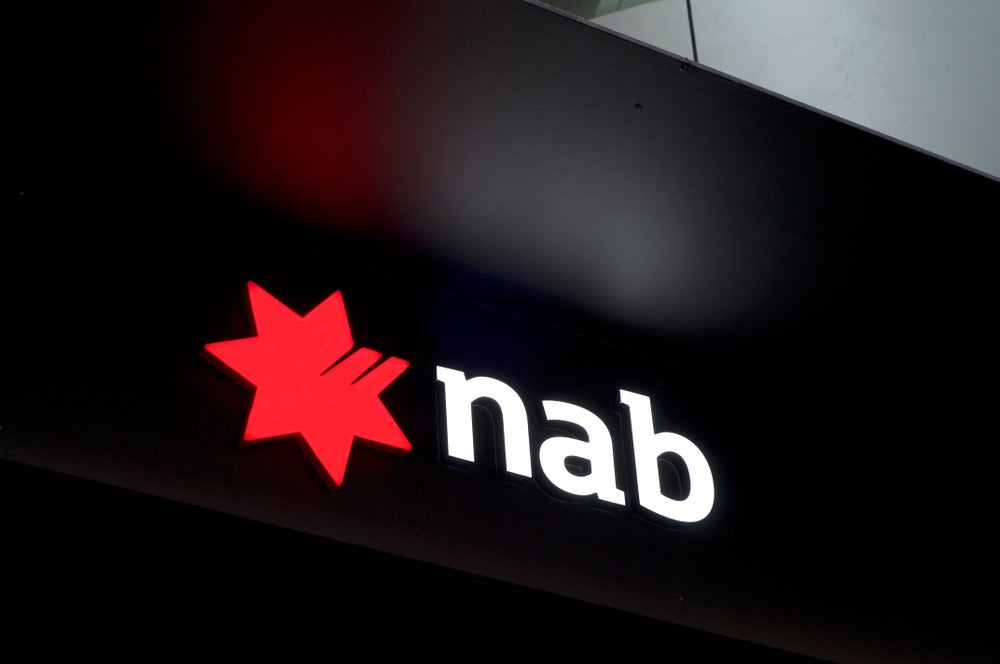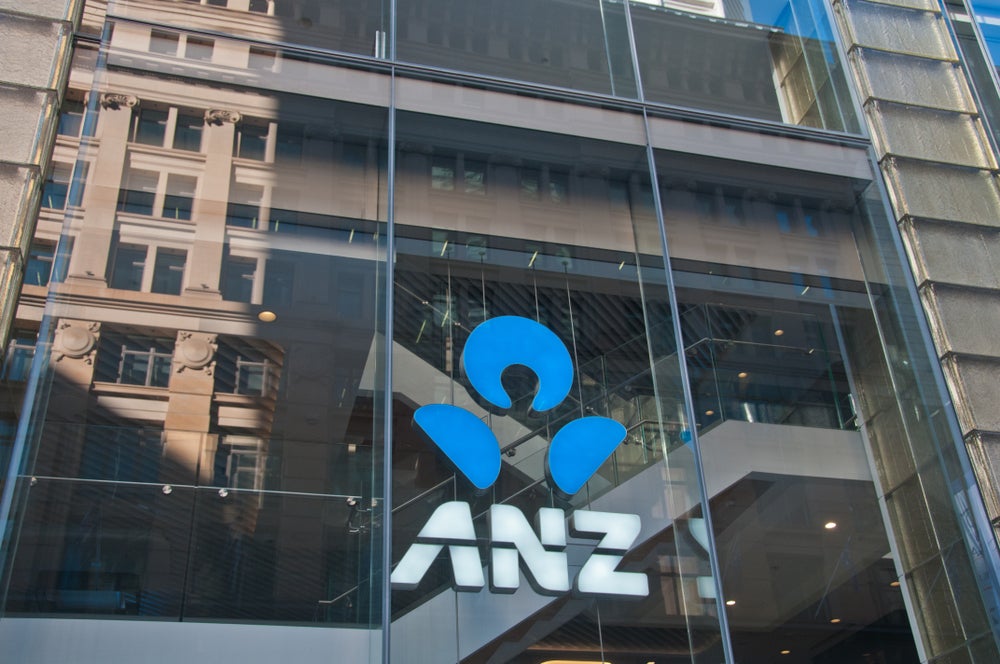National Australia Bank’s (NAB) break-up
campaign – a promotion it commenced engaging various social media
platforms such as Twitter and YouTube in mid-February to attract
mortgage customers from rival banks – has paid off:
The bank has recorded a “significant increase”
in the number of mortgage customers switching from Commonwealth
Bank of Australia (CBA) and Westpac to NAB’s lower standard
variable home loan rate since the launch of the break-up campaign –
by 43% and 37% respectively, according to NAB’s group executive,
personal banking, Lisa Gray.
Gray said that NAB would continue to offer to
pay A$700 ($748.61) in early exit fees if CBA’s and Westpac’s
mortgage customers switch to NAB’s standard variable home loan
rate.
NAB’s other rival, Australia and New Zealand
Banking Group (ANZ) scrapped its mortgage exit fees in November
2010.
The NAB’s social media has also helped the
bank register a 70% increase in the number of new mortgage
customers since the “break-up”.
How well do you really know your competitors?
Access the most comprehensive Company Profiles on the market, powered by GlobalData. Save hours of research. Gain competitive edge.

Thank you!
Your download email will arrive shortly
Not ready to buy yet? Download a free sample
We are confident about the unique quality of our Company Profiles. However, we want you to make the most beneficial decision for your business, so we offer a free sample that you can download by submitting the below form
By GlobalDataNAB broke up with rival banks just
before Valentine’s Day
On the weekend before Valentine’s Day, NAB
commenced the break-up campaign on social networking site Twitter,
posting a tweet that read: “Sooooo stressed out. Have to make a
tough decision and I know I’ll probably hurt someone’s feelings!
Arrggghhh.”
NAB exploited social media to involve its
followers in its ‘personal affairs’, publishing subsequent tweets
such as: “Thanks for your concern, everyone. Relationships can be
tough sometimes! Good advice helped”.
NAB then posted a link to its YouTube page,
(which was set up in 2005 and has had 71,852 channels as well as
238,807 total upload views) and its micro-site
www.breakup.nab.com.au, for more information.
The YouTube video showed somebody – NAB –
writing a letter to Commonwealth of Australia Bank, ANZ and
Westpac, explaining the break-up:
“(…)I’ve decided I need to break up with
you. Honestly, it isn’t you…it’s me. I’ve changed. I’ve moved on.
(…)
“It’s not just one thing that got me to this
place – remember when you tried to convince anyone who’d listen,
your customers had a great variable standard rate on home loans,
but actually it was me who offered my customers the lowest of the
major banks for the past 18 months. Me. Not you. That really
hurt.”
Gray: NAB customers “A$47 per month
better off” now
Gray said that NAB customers were “currently
A$47 a month better off on an average $300,000 home loan than the
customers of the most expensively priced major bank”.
The bank said that it had began to abolish
monthly account service fees on most popular retail banking
transaction accounts 22 months ago.
Gray added that NAB also slashed fees several
personal and transaction accounts, enhanced its credit card
offering by making it “fairer” for customers and doubled its
ATM-network in a matter of almost two years.
SapientNitro, Fiserv, Aite, Ernst
& Young all pro social media
In December 2010, RBI published an analysis by Alex
Sion, vice-president of financial services at SapientNitro, an
interactive marketing, design and technology services agency, who
examined the impact of technology on retail banking.
Sion discussed what banks can do to innovate and stay relevant
as they enter into what he calls a new era of engagement
banking.
Carol Cowan, vice-president product
management and marketing at Fiserv, told RBI in
December that social media websites have become such an integral
part of consumers’ everyday lives that banks could no longer ignore
them.
She argued that social media offered a powerful way for lenders
to connect with customers of all generations.
In February this year, RBI
spoke to Ron Shevlin, senior analyst at the consultants Aite
Group, who explained how banks can exploit the potential of
social media to their business advantage.
In March, Ernst & Young argued that
a coherent social media approach will help improve brand
perceptions and leverage the benefits of online advocacy in
its first global survey of customer behaviour in retail
banking.
In March, NAB launched UHomeLoan,
the first product on the assets side of NAB’s online-only
subsidiary UBank and the latest step in the online bank’s rapid
development.
Banking challenges in Australia
RBI also reported in March that regulatory reform on banking competition in
Australia was one of the primary factors driving change in the
market.
All of the country’s senior bankers have been called before the
country’s Senate Economics Committee in relation to three
amendments of the country’s 1959 Banking Act.
The proposals included preventing
banks from changing variable interest rate charges on mortgages
above or below changes to the Reserve Bank of Australia’s discount
rate and the banning of some ATM fees and mortgage exit fees.







